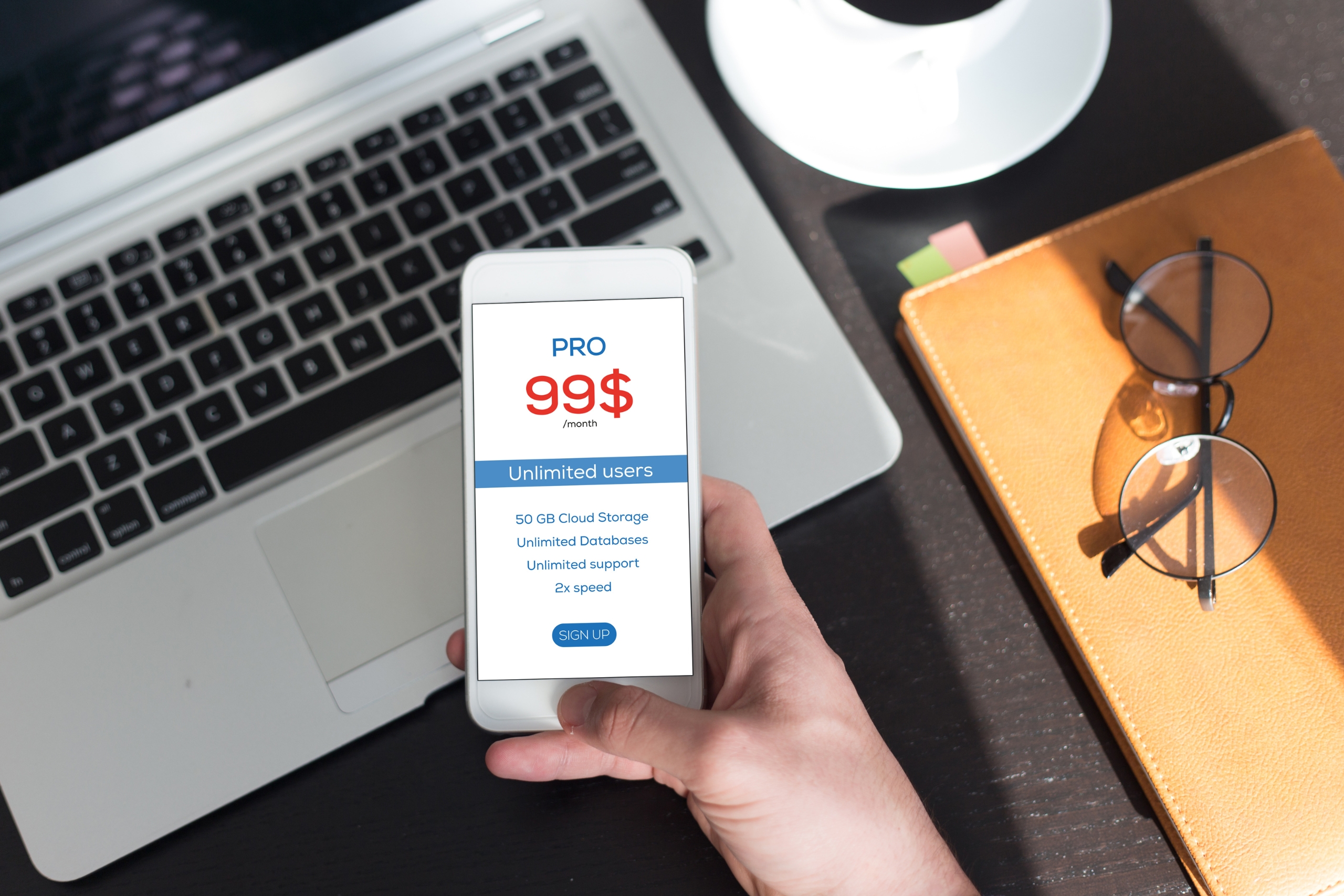Lead creation, client gain, and increasing service capacity are common ways for many agencies to plan for growth. Even though all of these things are important, Client Lifetime Value (CLV) is often more important than all of them put together. From the beginning of their relationship with the business until the end, this number shows how much money the client makes.
The way agencies do business changes when they understand and improve CLV. The focus is no longer just on how many new clients are signed up each month, but on building stronger, longer-lasting ties with each one. Modern CRM systems let companies use crm lifetime value optimization strategies to keep track of participation, find growth opportunities, and get the most out of each client they work with in the long run.
Why Client Lifetime Value Matters
Client Lifetime Value isn’t just a number; it shows how healthy your relationship is. Low CLV usually means bad hiring, low involvement, or leaving within the first few months. High CLV means strong retention, trust, and ongoing partnership.
When companies put CLV first, they naturally start to put more money into attempts to keep clients. They stop seeing each client as a one-time job and start seeing the bigger picture: a long-term relationship that can bring in steady income through upsells, referrals, and new clients.
HubSpot research shows that just 5% more customers staying with a business can bring in 25–95% more money. This is why keeping clients makes money since you don’t have to spend a lot to get new ones. When agencies raise CLV, they can plan for growth that doesn’t depend on getting new leads all the time. This way, they can keep their income steady.
Understanding CLV in the CRM Context
Most CRM tools today make it very simple to find and keep track of CLV. In the past, guesses and models were used to figure out how much a client was worth. Today’s CRMs keep real-time records of contracts, extensions, upsells, engagement trends, and old data.
Use these tools to see how long customers stay, how often they buy extra services, and how their share of the income changes over time. A person who pays a small fee at first may pay twice or three times as much later on if things go well. A CRM keeps track of this trip and makes sense of all the different pieces of information by telling a story.
This is another way that CLV helps businesses put their people into groups. For high-value clients, you can offer specialized care and reward programs. To care for low-value groups, you can plan ways to get them more active and happy.
Key Data Points That Influence CLV
CLV is most useful when it links different parts of the customer journey. CRMs make it easy to see all of the things that affect lasting value.
One of the best indicators is the regularity of engagement. A client is more likely to stay with you for a long time if they regularly use websites, join strategy calls, or answer to ads. Quality of training is another important factor. People who feel cared for in the beginning are much more likely to stay with the business longer than people who feel ignored.
Renewal rates, upsells, and feedback scores are some of the other things that affect CLV. Clients are more likely to hire more services from an agency if they regularly provide value and speak clearly. According to study from Gartner, companies that use customer data to tailor their interactions with customers see much better customer retention and income growth than companies that treat all of their customers the same.
When these pieces of information are looked at together, trends emerge that can be used by agencies. They turn CLV from a fixed number into a moving target that helps with planning.
How CRM Tools Help Agencies Maximize Lifetime Value
Guesswork isn’t a good way to optimize CLV; you need to use the CRM as a strategy tool. Groups can tell which clients are ready to grow by looking at trends in their behavior and performance. Other clients may need extra help to stay involved.
If the CRM sees that site activity is going down, for example, it can tell account managers to set up a check-in to get back in touch. If some groups consistently put more money into a business after six months, new opportunities can be brought to them automatically at that point.
CRMs get good reviews on G2 because they can organize customer data and show where money could have been made but wasn’t. When CLV is watched as a measure instead of a mistake, agencies start to run their firms better.
This clever use of CRM data is a lot like the ideas we talked about in our article How to Cut Down on Customer Turnover with Data-Driven CRM Insights. To keep from losing money, it’s important to notice the first signs and act on them. On the other hand, CLV optimization is the other side of that. It focuses on making each client more useful over time so that you don’t lose them.
Practical Ways to Increase CLV Through Engagement and Automation
To raise CLV, you need a mix of smart tools and talking to real people. If people think they are being heard, respected, and taught, they will stay longer. There are clear reports, regular updates, and careful planning calls that make the relationship closer. Technology also keeps things the same as the business grows.
Workflows can be set up to offer prompts for activity at certain times. This way, you won’t lose a client after the initial thrill of training goes off. Customized marketing efforts, reward programs, and honoring of milestones can all be handled by the CRM. This makes situations more personal for a lot of people.
CLV goes up a lot for agencies that use this two-pronged approach: smart human touch and well-designed technology. More and more, they get married for life instead of just a short time.

Conclusion
Client Lifetime Value isn’t just a number. A business can use it to see how well it’s doing and make plans for long-term growth. When agencies use CRM lifetime value optimization, they shift their focus from quick wins to long-term relationships that build steady lines of income.
These days, CRMs make this easy because they give you all the data and tools you need to fully understand each client’s trip. CLV can be used as a growth driver by agencies by getting people involved, being proactive about retention, and giving people the right opportunities to grow at the right time.
Companies that want to grow without relying on repeat purchases have no choice but to track and improve CLV. It’s the difference between trying to make money and smartly making it.




